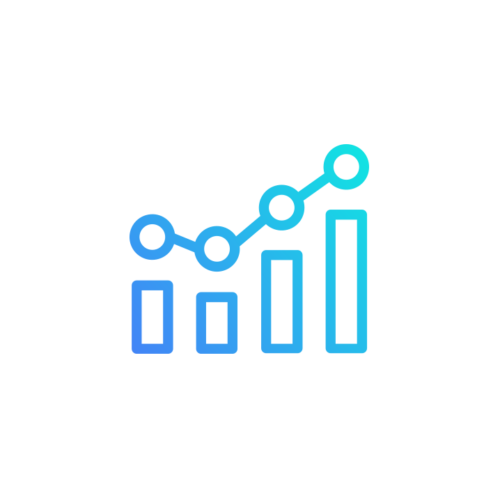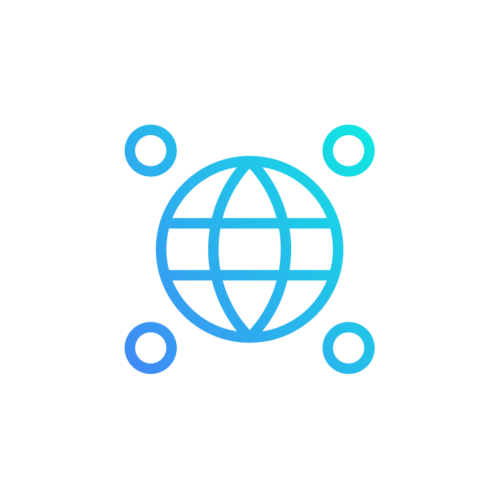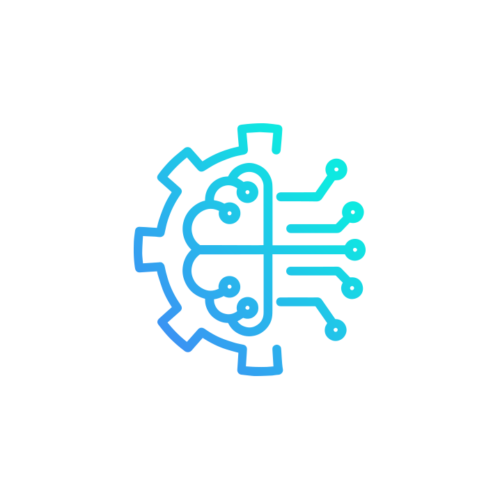Automation, IoT & Modernization
We believe technology should be doing the grunt work so you can focus on getting ahead.
Automation for the People
Overall, the technology we all live in every day has become both more involved and more fundamentally important than ever before. Every change or iteration introduces the risk of errors that can delay and disrupt the processes that keep everything moving. On top of that, all of that technology can either provide valuable information or incalculable headaches. The ability to streamline operations through automation – logic-based, repeatable, error-checking – is gold. In addition, the ability to gather data from distributed end points, many of which are not traditional IT devices, can set you far ahead in planning and optimizing so technology becomes an enabler for your business rather than just another chance for things to go wrong.
Monitoring and Reporting
Technology environments have grown more complicated, more distributed, and ever more vital to the operation of a business. Being able to understand what’s happening in those environments and get ahead of issues before they become problems (or full-blown disasters) is a vital component of keeping your world running smoothly. More cloud (public or private) resources that are out of arms’ reach and often rely on infrastructure that you can’t control or directly monitor means that you need intelligence in monitoring. A simple ping or uptime status doesn’t provide you the information you need to tell whether systems/applications/whatever are available and performing sufficiently.
You need business intelligence to come back from monitoring and reporting that gives you information on where and when you need to scale – up, down, or sideways. If you’re using cloud resources, that information is critical for optimization and cost control of those resources. Even on-premise resources don’t inherently offer the easy status-at-a-glance for determining resource bottlenecks or waste. You need the tools to do that work for you, over time and with real data.

IoT
Well-used data can deliver massively improved customer experience and cost-savings to the organizations who understand how to yield the tool. IoT can provide significant benefits around energy management, physical safety/security and proactive maintenance for vehicles and equipment. IoT can also provide insights about customer behavior that allow your company to improve its customer experience and conversion rates. For IoT applications to provide the desired outcomes, the data they collect must be analyzed at light speed. Mavenspire can help you create an IT infrastructure that puts compute power close to the application, so the data doesn’t have to travel through a network or into a cloud for analysis. Many organizations treat their IoT applications as separately managed silos, but the best results are realized by managing your data cohesively. Mavenspire can give you one dashboard to monitor and manage your IoT applications alongside the management of your other data assets.

Remote Workforce
In 2019, 40% of our business interactions were remote, but Gartner predicts that 75% of interactions will stay remote post-COVID. Your results may have been better than expected in your “work-from-anywhere” experiment during COVID, but the technology solutions you chose in a scramble to get back to operations may not be right for your organization long-term. Mavenspire understands the VPN vs. VDI vs. SaaS conundrum. Over the years, we’ve continually operated with a largely remote workforce – at times 100% remote – so we grok not just the technical side of remote work but the all-important human side of it. We can design a solution for you that provides long-term cost savings, simplified IT operations, and improved employee experience.

Automation
Automation offers the advantage of putting the steps necessary for doing a task into a logical, repeatable, and – ideally – flexible framework. It reduces error. It speeds up processes, both by making sure that there is minimal wait time between steps and by accomplishing many steps at a speed that can’t be replicated by manual work.
Automation can be used for provisioning resources, deprovision resources, reusing resources in different ways, replacing resources with other resources, expanding resources, contracting resources – basically, whatever you can imagine, you can automate. The largest barrier to automation at this point certainly isn’t technology. The largest barrier to automation is investing the time and energy into understanding and quantifying the processes to automate, so that you can put them into that repeatable framework. Mavenspire can provide the expert guidance in both evaluating and structuring your existing processes and extrapolating the resulting automations from that data.



